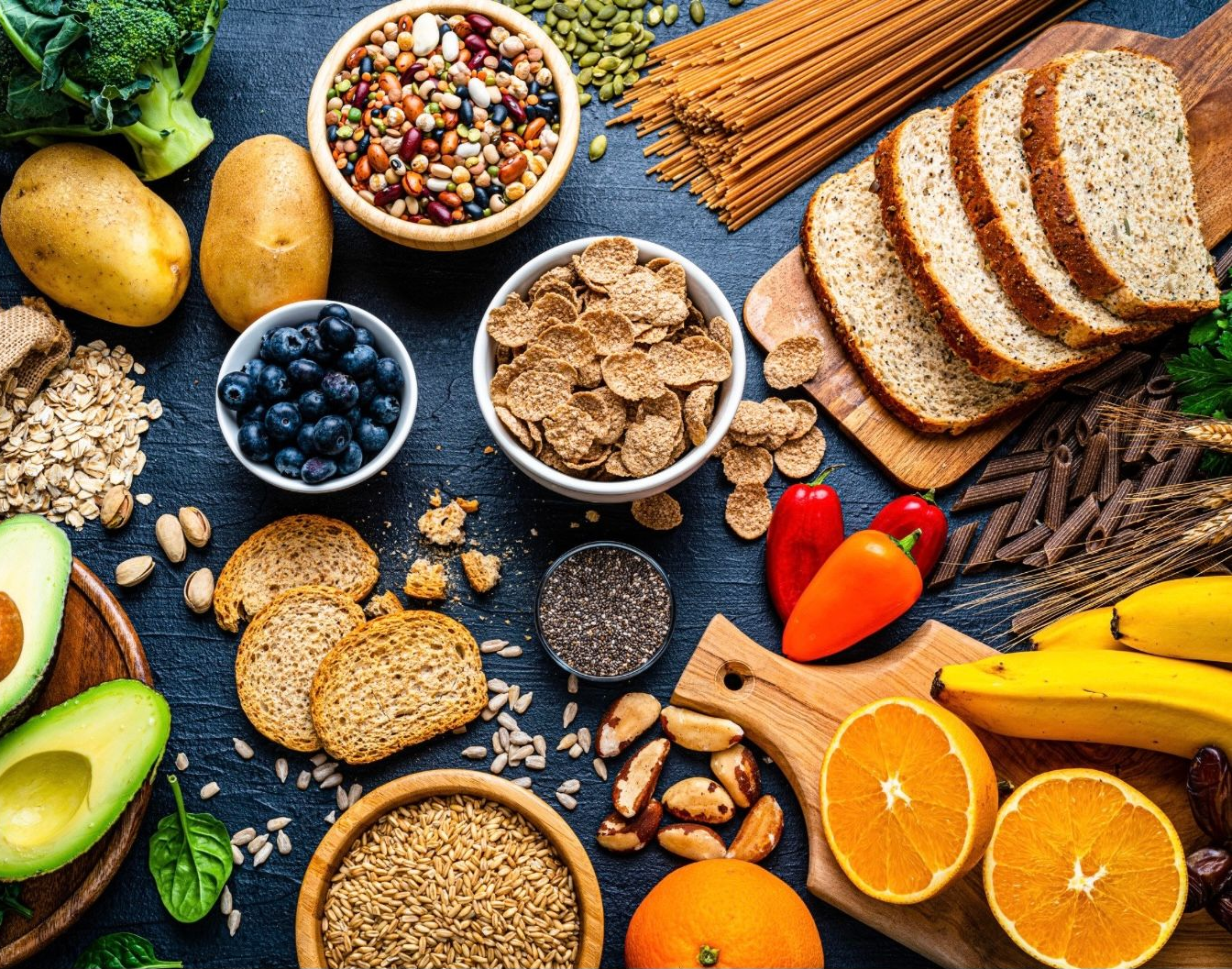While the signs of fall are here-back to school, pumpkin-inspired everything, and new fashion trends and colors, it still feels like summer in the Carolinas, and the local produce is still plentiful.
One of my favorite summer field trips alone or with my family is to one of the many local area farmer's markets. There's something about shopping for food at a leisurely pace, outside, with the smiling faces of the farmers who grew this food themselves there to confirm there are still hard-working, compassionate people in the world. It's the little things... And while you relax and enjoy your slow food experience, here are 5 tips (plus a bonus!) to navigate while visiting:
1) Talk to the farmers!
Most of them welcome questions and love engaging with the community. Ask about where their farm is located; do they sell anywhere else like restaurants or produce stands around town; do they employ organic and sustainable farming practices; do they offer farm tours or visits etc.... Sometimes just their reaction will offer insight into how they operate and their key values.
2) Look for certified organic OR pesticide-free.
In many cases, small farms don't have the administrative backing or funding to obtain organic certification. I'm usually ok with pesticide-free as long as the farmers are able to speak to sustainable practices (per point #1) and/or offer tours to see how the farm operates (you don't have to go, but at least knowing they're willing to be transparent says something.)
3) Buy in season!
This may seem obvious, but some of the larger markets do offer traditional produce from all parts of the world that are not necessarily in season. Try to work seasonal produce into recipes, and then fill in with other non-local favorites from the grocery store (or freeze extra from the summer).
4) Ask about bulk offerings.
Buying a half cow, a bushel of cucumbers or extra turkeys around the holidays to store/freeze for later can save a lot of money, and can be good motivation to switch up your weekly meal plan with alternate cuts of meat or inspire new recipes like homemade pickles!
5) Consider growing your own!
Several vendors sell blueberry bushes, herbs, and starter plants to grow in your own garden. The farmers can be very helpful in explaining how to plant and support a successful garden-I've gotten some great tips over the years!
BONUS TIP: Bring the family!
I know sometimes grocery shopping is just another box to check on the to-do list, but maybe once a month makes going to the market a fun family outing. When kids can see, touch, taste, select, and prepare their own produce, they are more likely to eat vegetables!
So, dare to slow down the rat race pace of life.
Skip the grocery store until after you've been to the local market for meat, dairy, eggs, flowers, baked goods, and fresh-picked produce. You might be pleasantly surprised how much of your shopping you can do within your local community!
For more tips & support, follow us on Instagram @carolinafunctionalnutrition
If you're ready for 1:1 support, tap the button below & book your consultation today!
Recent Blog Posts
Share this post!
About the Author
Rhya Pachin is a licensed dietitian nutritionist who employs an "integrative" approach to support overall health rather than addressing just one symptom. As a certified LEAP therapist, she designs and supervises custom elimination diets. Her focus areas include gastrointestinal conditions like IBS and IBD, autoimmune diseases such as rheumatoid arthritis and Hashimoto's, persistent weight issues, food sensitivities, and chronic inflammatory conditions in both adults and children.





